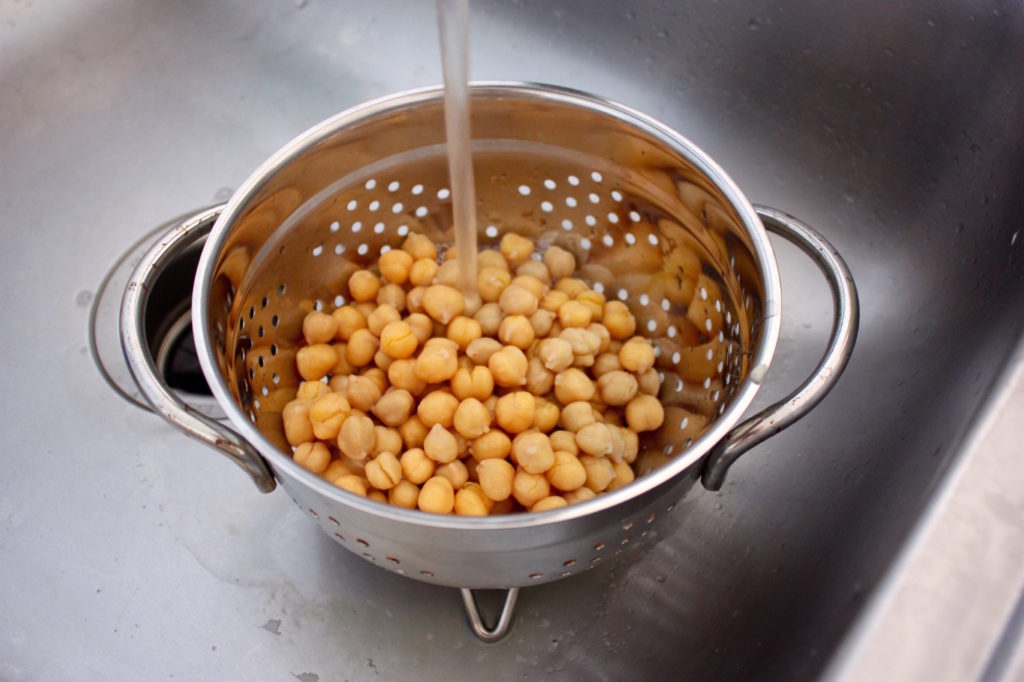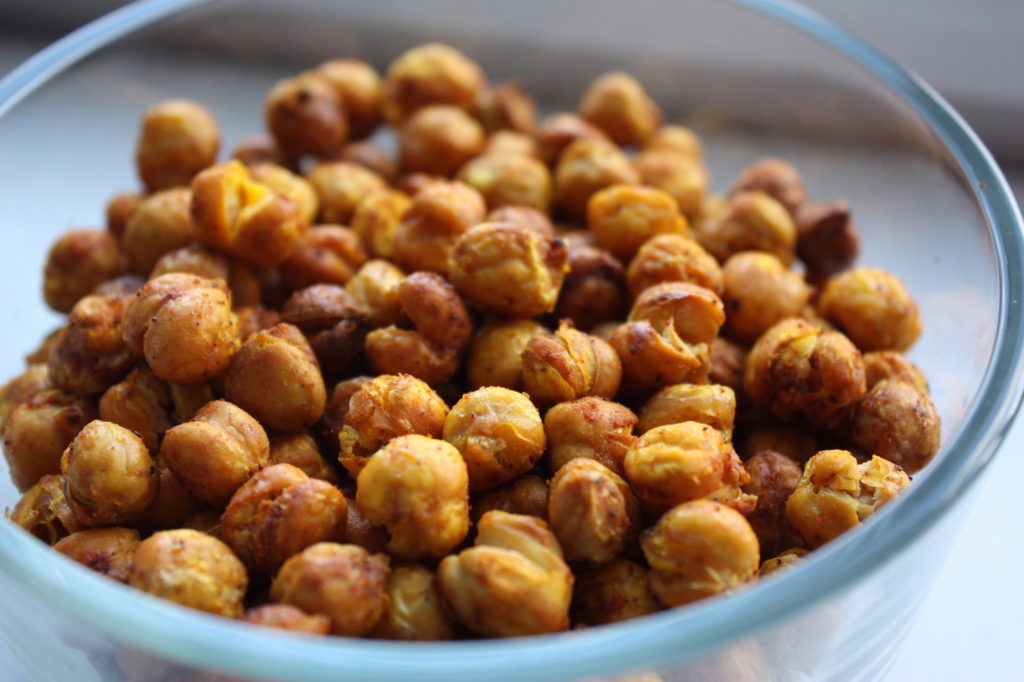Chickpeas have been receiving a ton of press lately thanks to their versatility in the kitchen. Sure, you can make regular old hummus with your peas, but you can also save the chickpea-soaked water (dubbed “aquafaba“) and whip up a vegan meringue that can be used in place of egg whites. So naturally, we’ve come to love and adore the mighty chickpea and all that it has to offer, though we we shouldn’t get too comfortable. There’s some evidence that we may not have these beautiful legumes in the future, due to the large amount of water it takes to produce them.

Photo by Kristine Mahan
While each can of chickpeas is a mere 15 ounces, it takes a whopping 76 gallons of water to produce a can. That being said, several countries that produce chickpeas around the world are experiencing severe droughts, cutting back recent production by 40 to 50%. Not only are the peas wasteful and non-efficient to produce, but it’s getting rather difficult too since some countries aren’t able to meet their basic water needs for their crops.
The Middle East is one of the most prolific producers of the legume, but the fact that they’re facing terrible water shortages doesn’t bode well for our hummus addiction. You’re not the only one panicking – I enjoy my fair share of chipotle hummus. At this rate, we should definitely be treating our garbanzos as a delicacy, because our time together on this earth may be short-lived.

Photo by Kristine Mahan
We should ultimately consider the fact that chickpeas take an alarming amount of water to produce, just like beef. Perhaps we really should stop grabbing the mini pack of pretzels and hummus every time we’re at the supermarket since there are other snacks that are just as good for you that don’t necessarily use up as much of our natural resources. But no matter what the outcome is, we’ll get through this, I promise.


